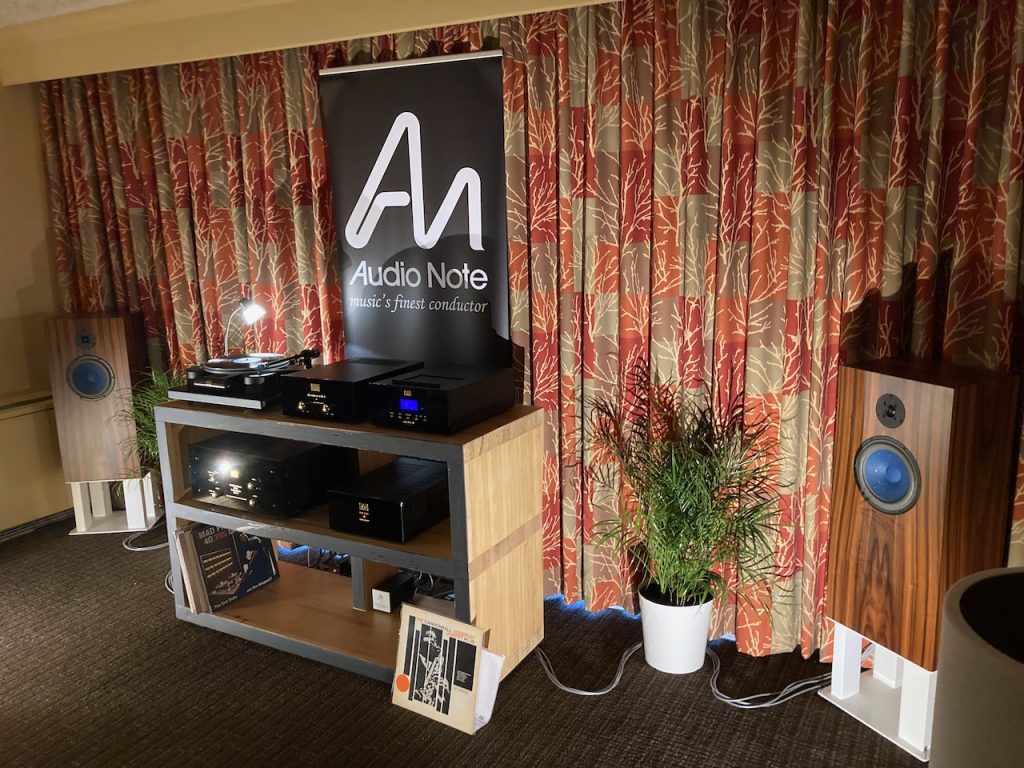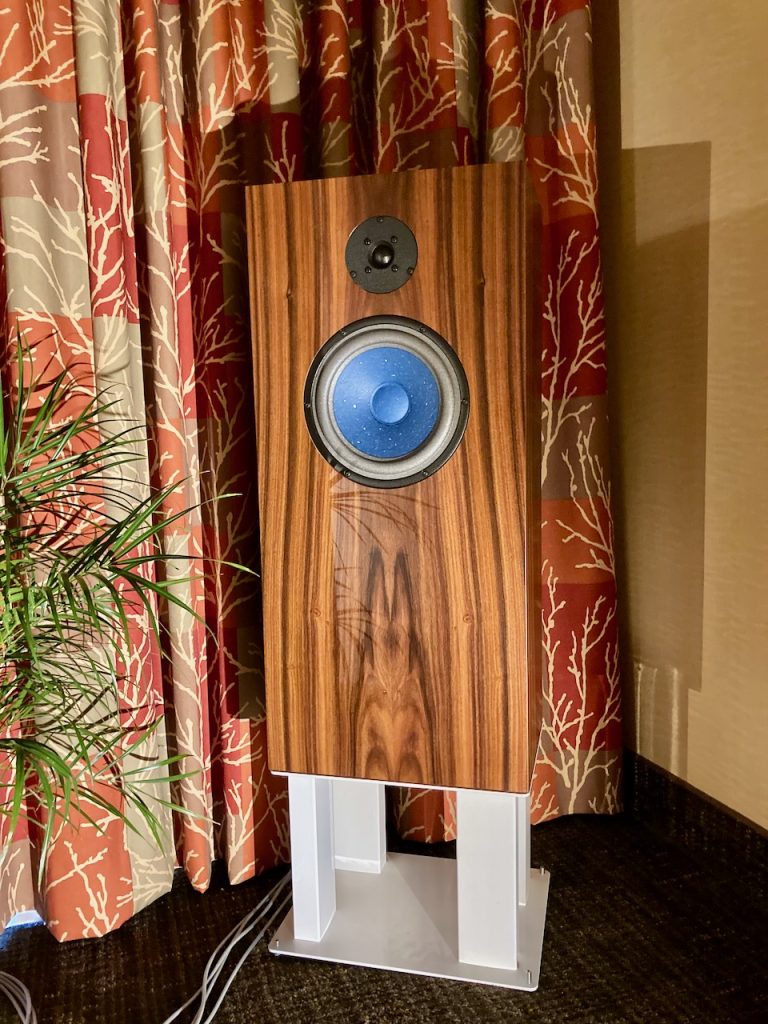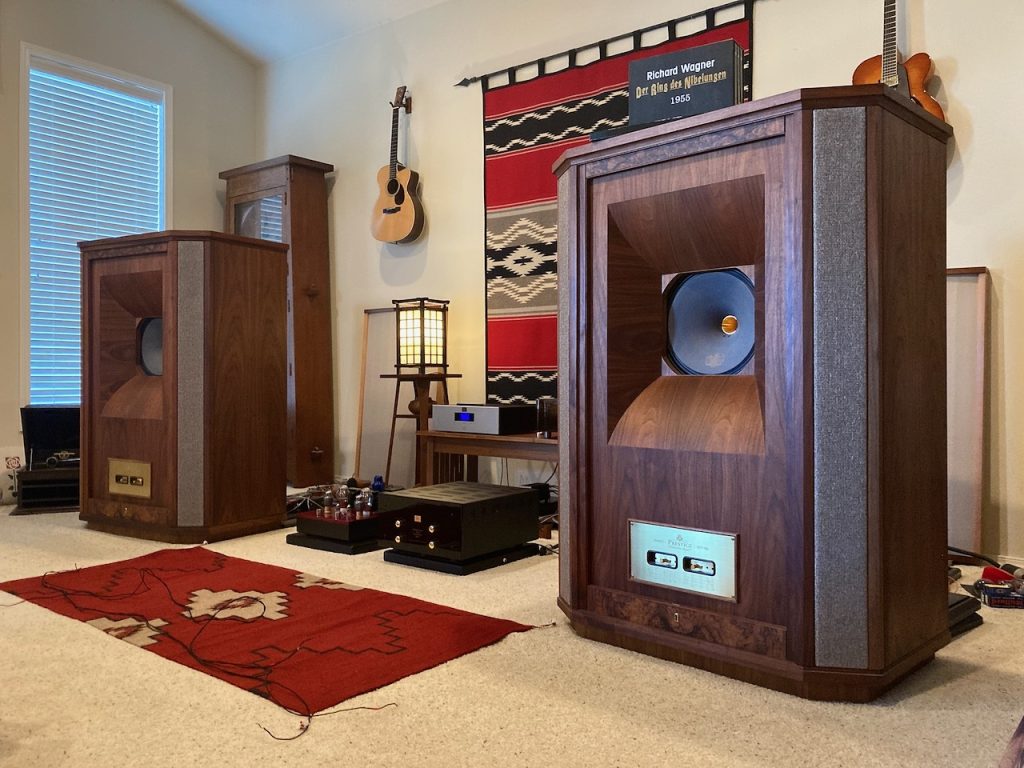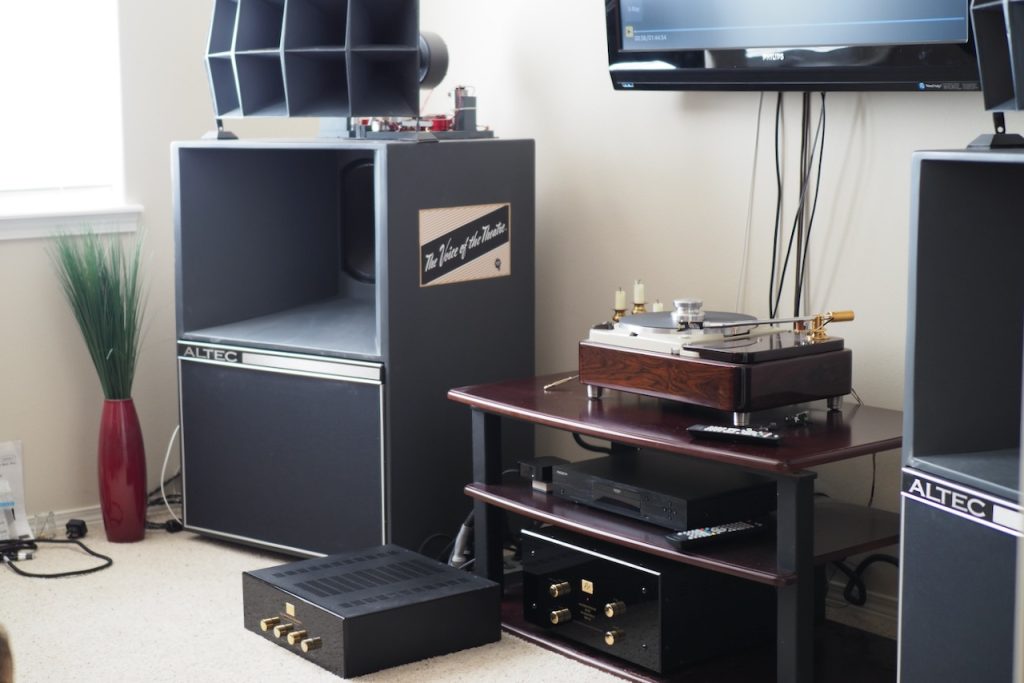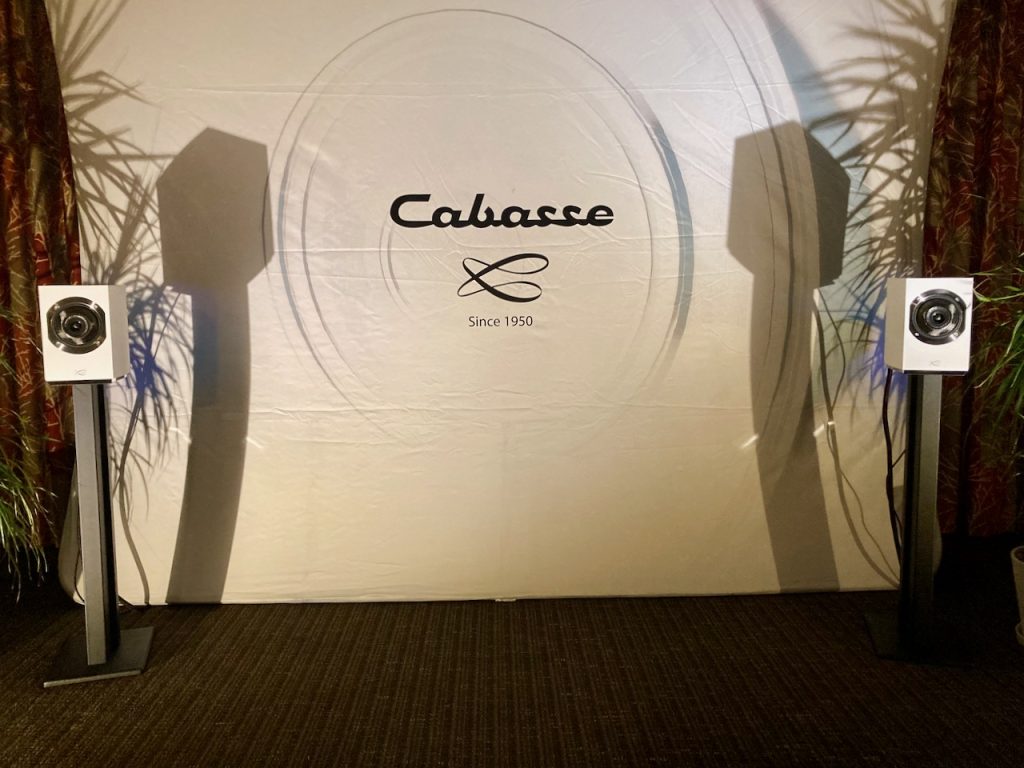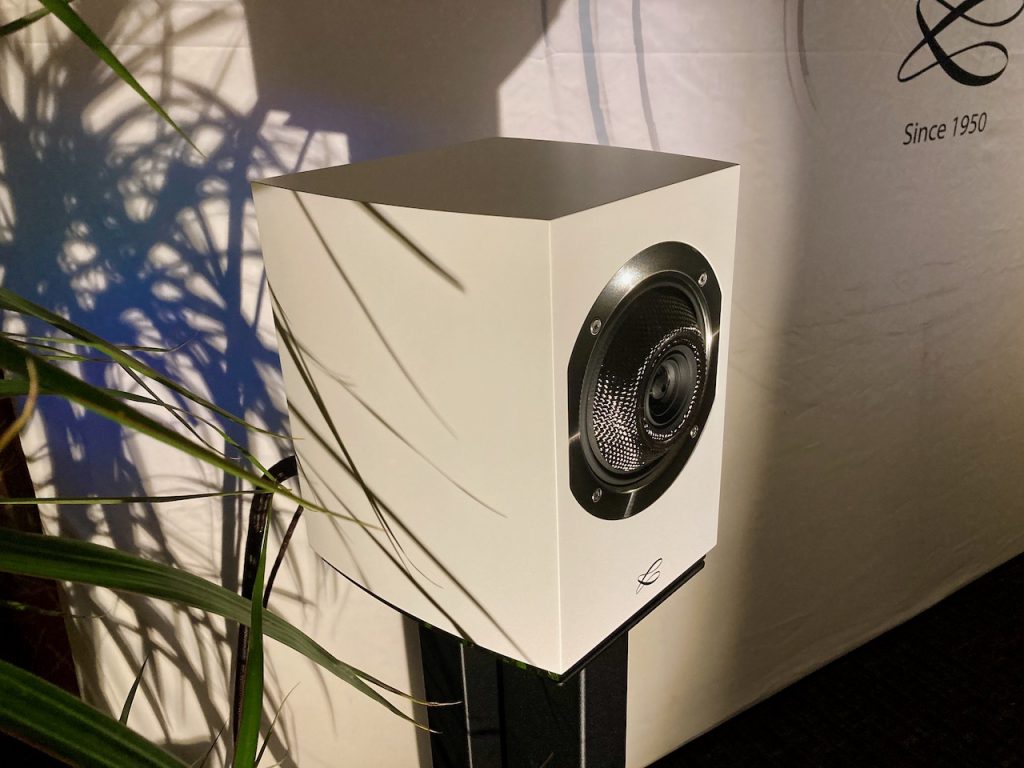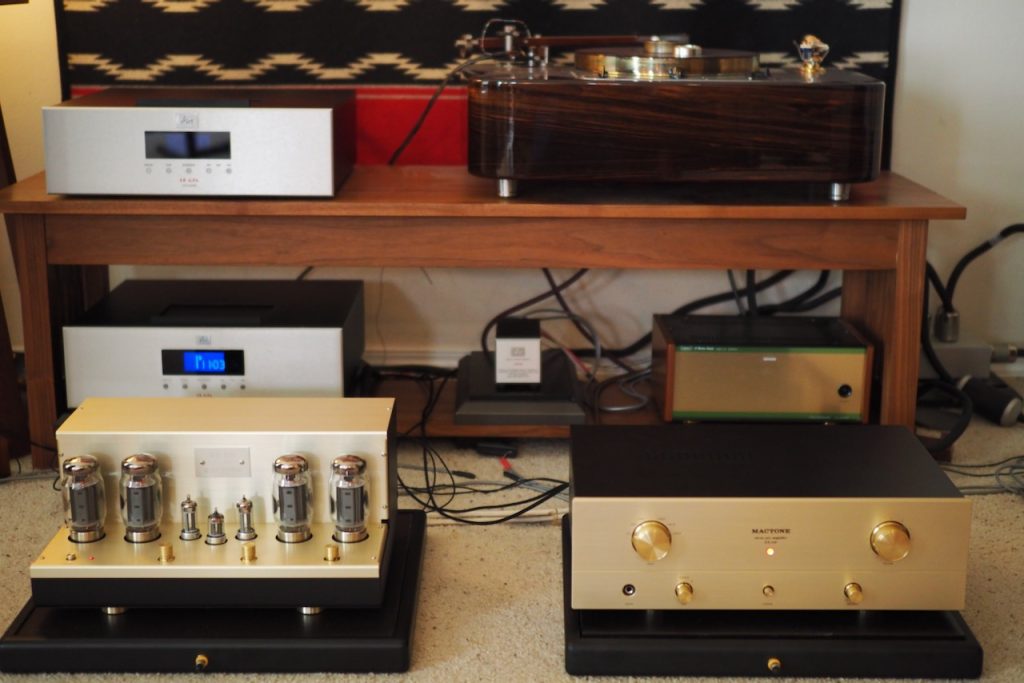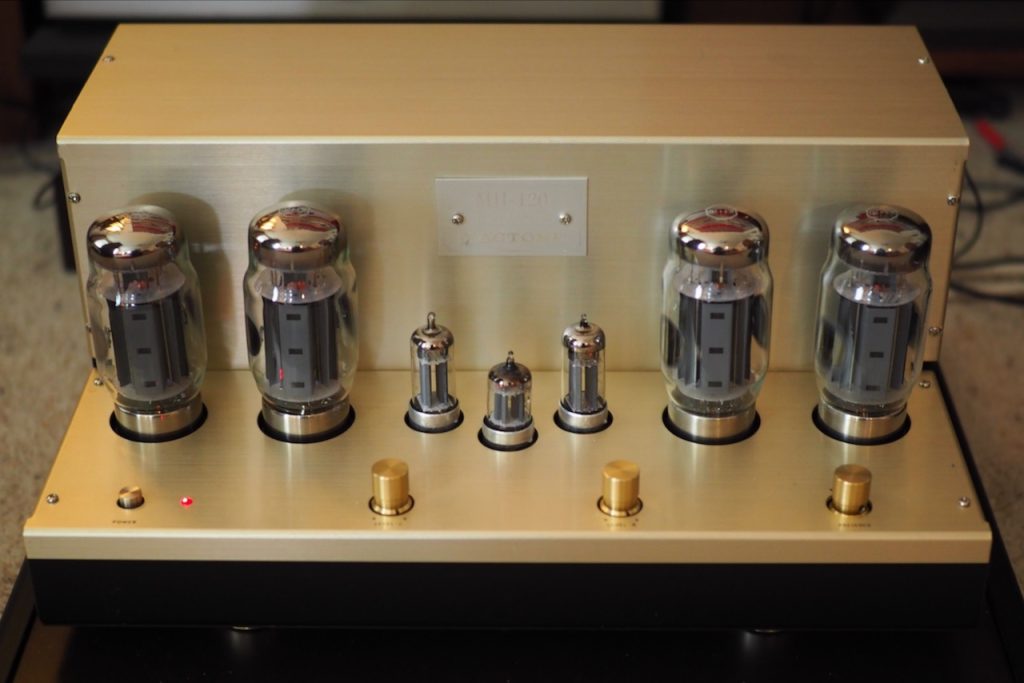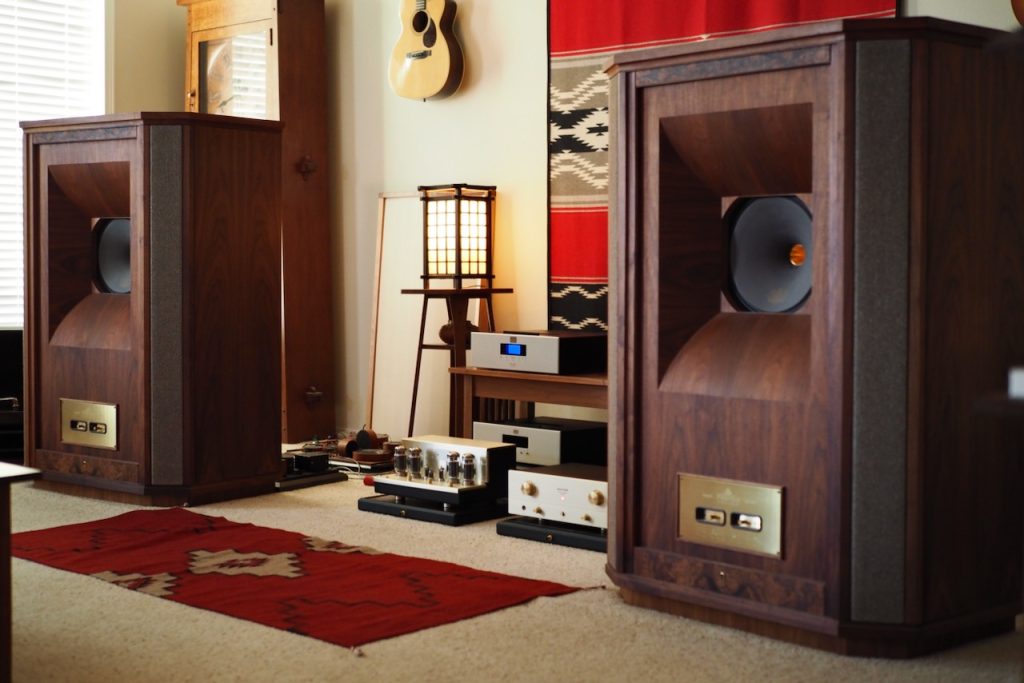Greetings friends, I hope life is treating you well!
I'm still motorbiking around, bicycling around, doing a light weight lifting routine to slow the decline of strength with age, and of course, still having a ball with music & hi-fi. All good things in my book.
Overall it's been a great year all around for this ol' geezer, but Fall is the time I start reflecting on the year's happenings to glean what I can from it all.
With the arrival of the cooler temperatures of November, 2023 is quickly receding in the rear view mirror.
2023 has been an illuminating year on the hi-fi and music front for yours truly, with impressive hi-fi kit and music keeping the home hi-fi fires burning bright.
I've really enjoyed this and last year's Pacific Audio Fest, and kudos to Lou Hinkley - and everyone else involved - who worked so hard to make it the reality and success it was.
A couple of things became obvious to me while cruising the demo rooms at the Pacific Audio Fest, and I'll use those listening experiences as the jumping off point for my ramblings about audio.
Of course the Audio Note (UK) room was superb, it always is at audio shows. There's a certain sort of sound quality you hear in their rooms that really appeals to me.
They have a sort of musical accuracy, with correct timbre and tone, along with playing the music with a sense of dynamic and rhythmic authority that always makes me think "That's the way the music is supposed to sound".
Then there's a sense of transparency that looks deep into the recordings, providing a sense of authenticity to the playback of a recording that lets me know if I'm listening to acoustic era, electric era, monaural magnetic era, stereo magnetic era, or digital era recordings, while preserving the fidelity, musicality, and emotional impact of all those eras of recording. All music becomes accessible and enjoyable from the earliest recordings to the latest.
There's also the room boundary positioning of the loudspeakers (i.e. room corners) that Audio Note (UK) is known for, which is ideal for music lovers as it makes listening to many different kinds of music, or music from the span of the recording eras, much more accessible and enjoyable.
Room boundary positioning also makes it much easier to get the room's tonal balance and sound quality dialed-in, as it takes most room acoustic issues out of the picture.
At all the audio shows I've been to, in rooms with an audiophile-style loudspeaker positioning, maybe one in twenty room rooms had good tonal balance and sound quality.
Rooms that have loudspeakers in room boundary positions only rarely have tonal balance or sound quality issues.
Here at home I've got 3 of 4 of my audio systems setup up with room boundary positioning of the loudspeakers, with my Tannoy Westminster Royal SE loudspeakers based audio system being the exception, which is setup in a more traditional audiophile rule of thirds / rule of fifths sort of positioning.
In my tinkering around with crossovers it seems to me that part of the key is having the loudspeakers' crossovers optimized for their placement in a room.
You can't just use any old loudspeakers in an audiophile-style setup, or in a room boundary setup, and expect brilliant results.
Loudspeakers' crossovers need to be optimized for their room placement to get the most out of them. At least that's my experience.
For me I like to have both types of system setups because it allows me to hear the merits of each approach, and think about their pros & cons.
My Westminsters in the photo above are placed 6 feet out from the front wall and about 4 feet from the side walls.
What are the benefits of that sort of audiophile-style loudspeaker placement?
Really there's only one: if you're listening to really good examples of stereo magnetic era recordings - or the best stereo digital era recordings - containing a lot of visuospatial information, that positioning stretches out the depth dimension of the soundstage, creating a more three-dimensional sound field, with images of instruments and vocalists arrayed across and into that sound field. It's a cool audio holographic effect that can be quite mesmerizing to hear.
What are the downsides of that sort of audiophile loudspeaker placement?
Well, the first downside is a practical one in that the loudspeakers dominate the room. Now that's ok if you don't need to live in that space (e.g. you have a separate listening room), or you're a single person who doesn't have to worry about what a co-inhabitant thinks about going full audio nerd for the interior decor (that's me).
The second downside is that it really limits hearing monaural recordings at their best. What I hear with quite a few monaural recordings is that there is a narrowing of the stage width, making the recordings sound more distant, with instruments compressed together in the width dimension.
The third downside is that to get a room dialed-in for a natural tonal balance and excellent sound quality for an audiophile-style placement of the loudspeakers, it requires an enormous amount of dicking around with loudspeaker placement to figure out where to place them for optimum sound quality, as each room wants something a little different.
Or you have to go hog wild with room treatments to tame the room. Personally, I don't like the look of most room treatment solutions in a room, but they can help.
When the room treatment and loudspeaker positioning approaches fail, most audio nuts then end up on the audiophile merry-go-round of trying all kinds of different equipment combinations to see if they can find a combination that takes care of the issues they're hearing.
If you find that complimentary combination it's a magic moment, but one rarely does. Been there, done that, and still do that at times.
What about room boundary placement of loudspeakers?
I'm tempted to call room boundary placement of loudspeakers the "music lovers" placement of loudspeakers.
Now, you can sort of take my commentary about audiophile loudspeaker placement and reverse it to get the idea of what room boundary placement does.
Benefit #1 of room boundary positioning: Assuming your loudspeakers are optimized for room boundary placement, one of the biggest benefits is that a room boundary placement takes the majority of the room's acoustic issues out of the equation, making it much easier to get the tonal balance and sound quality optimized.
Benefit #2 of room boundary positioning is a practical one in that it frees up the room space so you can actually live in it while you are enjoying your music. It's ideal for smaller spaces or for co-inhabitants who don't think audio kit should be the central theme of room decor.
Benefit #3 of room boundary positioning is that it is ideal for music lovers who want to listen to great musical performances from all of the recording eras.
Monaural recordings in particular benefit from room boundary positioning of loudspeakers. With a lot of monaural recordings, the width dimension of the soundstage is much wider than you hear from monaural recordings in an audiophile-style setup, often rivaling - or even exceeding - that of the recordings of the stereo eras.
Many monaural recordings take on a much greater sense of vivid imaging as the width dimension opens up and the instruments un-bunch from a narrow central image. With an audiophile setup monaural images tend to be clustered together in a narrow central position. Most all of that disappears in room boundary positioning, as the monaural recordings open up and begin to breathe, with the images unravelling from each other and being placed more naturally upon the soundstage.
All of a sudden recordings of the 78 eras of recording, and the monaural magnetic era of recording, take on a new found life and become much more enjoyable to listen to. I find it a fascinating result.
What's the downside of room boundary placement of loudspeakers?
Really, there's only one, and it doesn't always apply. If you guessed that the presentation isn't always as holographic in the depth dimension of the soundstage for the visuospatial information rich stereo era recordings, well that's my take on it too. Most of the time.
However, with my vintage Altec A5 Voice of the Theatre loudspeakers where I've optimized their crossovers for room boundary positioning, sometimes - as with the Meishu 300B SET integrated amp in the photo above - something remarkable happens: the aural images are projected out into the room beyond the plane of the loudspeakers, filling the room space with holographic images all around me, creating a very immersive experience. It's a cool thing to experience when it happens.
Not every recording can do that, of course, and in my A5 system it's usually limited to movie soundtracks, with 300B amplification (the Meishu).
So that's what I typically hear with the two loudspeaker positioning approaches.
Is one loudspeaker positioning approach better than the other?
It depends on what you want. If you listen almost exclusively to the best stereo recordings containing a lot of visuospatial information, and really like the holographic presentation that provides, then the audiophile-style positioning may be best for you.
If you like to listen to all kinds of music, from all of the recording eras, and perhaps have a smaller living environment, then the room boundary positioning may be best for you.
I'm an audio nerd that's gone off the deep end, and so my personal solution is to have both styles of audio systems at home, as I appreciate both approaches, and it keeps things interesting.
Ok, now let's talk about something else that blew me away at the 2023 Pacific Audio Fest: the Cabasse room.
I'm not usually a small speaker guy, as you have no doubt noticed, but the Cabasse room with their diminutive loudspeakers blew me away. Let me quote my Fest report:
"In fact when I walked past the Cabasse room I almost kept walking past because I didn't think they were ready to demo for show attendees, as there were just two tiny loudspeakers on stands up against the front wall, with a controller unit located on a side table.
"Cabasse was demoing their Rialto system, designed for use as a stand alone 2-channel audio system, or if you prefer you can add it to your audio-visual system, or even do a multi-room home install with it.
"These diminutive Cabasse loudspeakers could hit a volume of 121 dB on peaks, had a frequency range 30 – 27,000 Hz, and had discreet built-in amplification of 600 W RMS / 1,200 W peak on the tweeter, 600 W RMS / 1,200 W peak on the midrange, and a whopping 900 W RMS / 1 800 W peak on bass.
"One of my lost photos was of the Cabasse control unit sitting on a side table, which was about the size of a Kleenex box. It allowed for the streaming of music via Bluetooth from a phone.
"The Cabasse demo used an iPhone as a source, streaming Qobuz through the control unit to the loudspeakers.
"The result was a huge sound field, with a naturally warm, dynamic, and an extremely musical presentation that belied the Cabasse Rialto's small size and affordable price.
"Not only that, but the Rialto system had an auto calibration feature for room response through the DAC at 768 kHz / 32 bits which dialed the sound quality in perfectly for the room. I was impressed.
"This modest Cabasse system was one of the most impressively musical systems of the Fest. I was blown away by its superior performance, and certainly in terms of musicality it outdid demo systems selling for a $1,000,000 plus.
"When I asked the Cabasse representative about the Rialto's small size, he told me that high-performance audio in a high-tech small format audio system was a design objective, as room space was at more of a premium in France than it is here in the USA.
"This creative approach could be the future of high-performance audio. Did I mention it is wallet friendly? It is. (I believe the entire system was in the $4500 USD range, if I remember correctly - Jeff)
"If you are looking for a room friendly system with superb performance at a modest price, then I suggest you contact your Cabasse dealer for a demo."
What is the main topic here with Cabasse? System equalization that gets an audio system optimized in tonal balance and sound quality for any given room.
I deplore the lack of equalization available in audio systems over the last five decades or so. Equalization mostly disappeared out of high-performance audio systems over that time span, to the detriment of tonal balance and overall sound quality.
Now there's more than a few ways to do equalization of an audio system in a room, but I'll mention a few that that I have experience with.
There's the high-tech version of equalization that Cabasse uses, and I must say I was impressed by their approach.
There's also the Audio Note (UK) 'fixed' - rather than variable - approach to equalization, which is a combination of using room boundary positioning of loudspeakers, with their audio components that are optimized to give a natural tonal balance and superb sound quality with their loudspeakers, and that style of loudspeaker positioning. It's a 'fixed' approach to equalization that works really well everywhere you can setup loudspeakers in room boundary positions.
There's a third approach to equalization that I came across this year that also really impressed me.
I'll call it the "Mactone approach," which utilizes a very simple & sensible approach of choosing a 'neutral', 'bass attenuation', or 'high-frequency attenuation' setting on the amplifier's 'presence' adjustment knob. Review HERE.
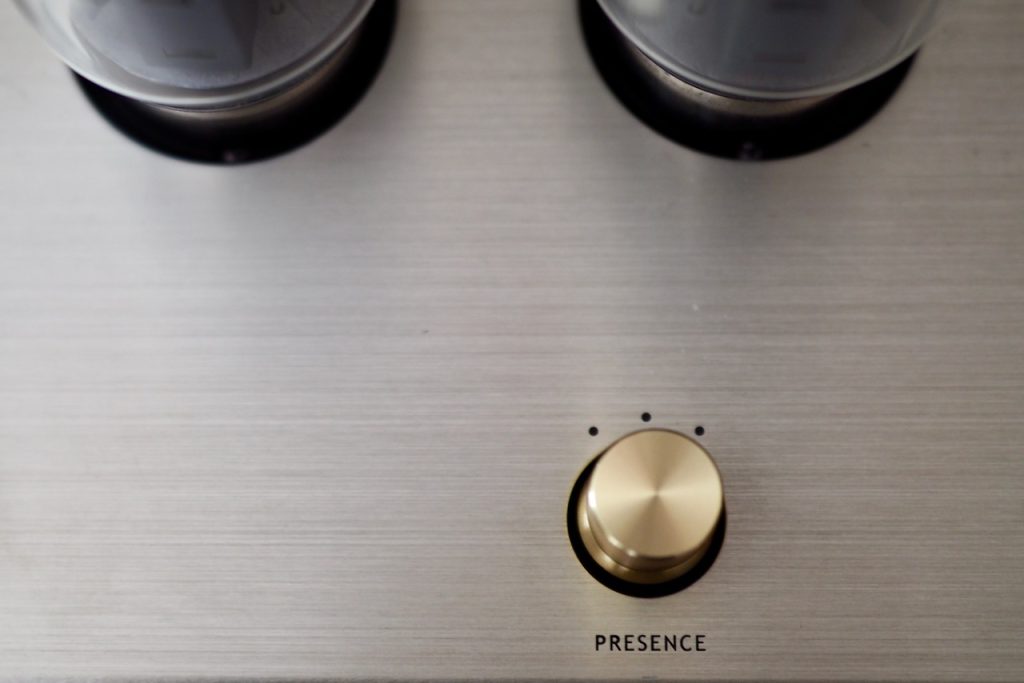
What that enabled me to do was optimize my audio system for recordings on the fly.
'Perfect' audiophile recordings could be left in the 'neutral' position to sound ravishingly good.
If the mastering of a recording resulted in tizzy high-frequencies, then I selected the 'high-frequency attenuation' setting. The high-frequencies were brought back in line to sound more natural. Then all was well.
If the mastering of a recording resulted in boomy bass, then I selected the 'bass attenuation' setting on the amp. The boomy bass was brought back in line to be enjoyable and natural sounding.
It took a surprisingly small amount of attenuation to make a major difference in tonal balance and sound quality for recordings that weren't optimum. I was impressed, and the fact that I could do it on the fly for each recording impressed the heck out of me.
The moral of the story that dawned on me at the 2023 Pacific Audio Fest was that equalization of an audio system is important, and it makes listening to music much more enjoyable.
Ok, that's a few of my observations for 2023. Personally I'm thrilled by what I'm seeing and hearing in the audio arts, and we are in the midst of a new Golden Age in audio. I find that exciting indeed!
As always, thanks for stopping by, and may the tone be with you!







